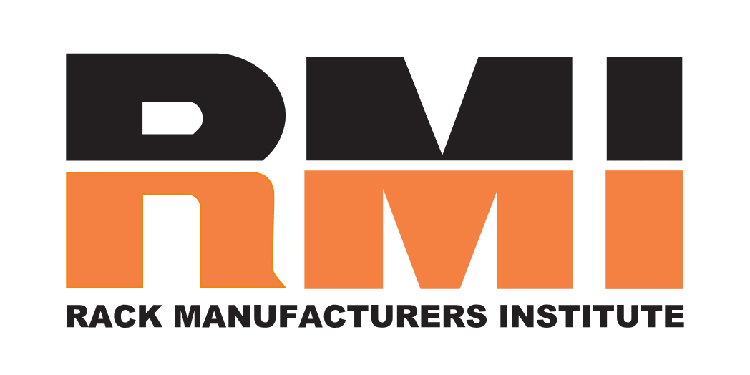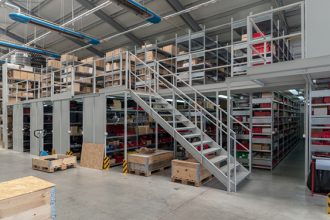Storage Rack Safety: Avoid the damage that can lead to lost productivity and injury

Racks are the center of your operations and you’ve invested a good deal of time and money into their design and layout. Don’t let that all go to waste by overlooking some simple safety measures. If done well, your racking will keep products and people safe.
You want to protect your investment and avoid the costs that come with damage. These include injury, product loss, downtime, replacement, and repair of your equipment. There are many accessories, inspections, and actions you can take to prevent those losses.
A few of the simple parts and accessories you can add to your racking system to help, include:
- Column reinforcement at aisle
- Column protectors
- Row end protectors
- Heavy frame bracing
- Connection lock
- Bolt-in bracing
- Decking—wire decking comes with added benefits. These include versatile storage options; capacity ratings with engineered safety factors; meeting fire codes; saving on insurance premiums vs solid shelving; high visibility and a brighter, cleaner warehouse; and the availability of custom options and accessories.
In addition to parts and accessories, inspections play a key role in keeping your racks safe and damage free. Inspections are required by building code when constructing a new facility, but do not end there. Inspections involve several different types—installation, system, reconfiguration, and repair.
For the installation inspection, the rack manufacturer should be an approved fabricator, for starters. The installation inspection will look at the uprights, ensuring that they are plumb up and down the aisles and at the cross aisles. An inspector will also look to see that beams are properly engaged and locked into the frame, will have a look at the shelf elevations per the load application and rack configuration drawing(s) (LARC), and ensure the installation follows the manufacturer’s instructions.
Systems inspections serve to ensure that the owner/operator of the rack is properly using and maintaining the system. Areas of focus during these inspections include high forklift traffic areas, high-volume inventory turn areas, narrow aisles, transfer areas, end-of-aisles, and rack entry points.
How often you complete system inspections depends on your “damage potential.” If you consider that to be:
- Four or more of the areas of focus listed above—monthly
- Three or more—quarterly
- Two or more—bi-annually
- Anything else—annually
- After any seismic activity-immediately
If you reconfigure your racking, you will also need an inspection. This should include an engineer to look over your LARC drawings. If you’ve changed the loads, the drawings should be updated by the engineer, and should make sure the racks are capable of supporting the changes. Additionally, ensure you update the LARC drawings and place them in areas where your floor workers can easily access and see them.
Finally, a few important, universal safety rules to keep in mind:
- There should be no climbing within the racks
- Use safety baskets and fall protection at all times
- Do not place damaged loads in racks
- Do not put loads on damaged racks


